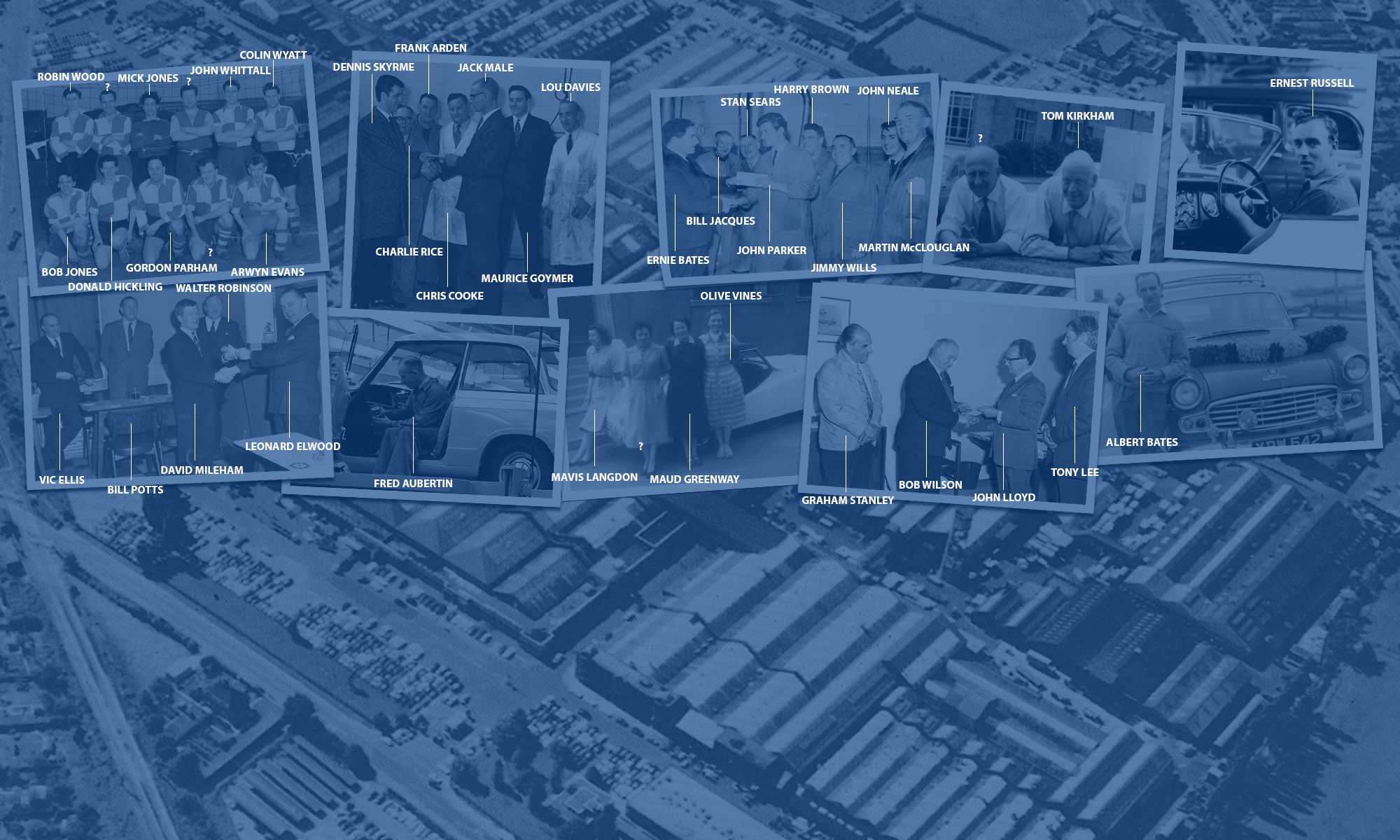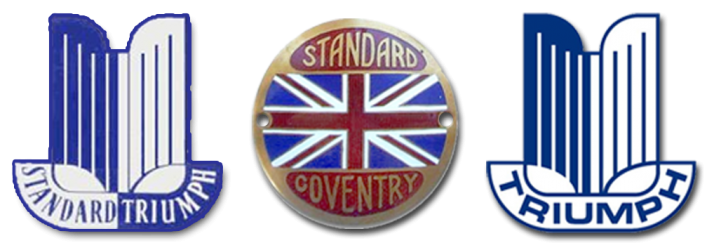John Watt , assistant to Special Products Sales Manager, was married at Berkswell. Continue reading “John Watt – Assistant to Special Products Sales Manager”
Forward Radiator Retirements
Mr. F. Redfern (centre), assistant General Works Manager at Forward Radiator, thanked employees for their long service and wished them well in retirement, at a recent get-together at Triumph’s Birmingham factory. Continue reading “Forward Radiator Retirements”
Marilyn Arms – Typist, Supplies Division
Marilyn Arms worked as a typist for 10 years in Supplies Division and Sales Conversion, Canley, before receiving nursery gifts. Continue reading “Marilyn Arms – Typist, Supplies Division”
Charles F. Gardner – Director
It is announced by the Standard Motor Co. Ltd,. that Mr. Charles F. Gardner has decided to retire from the Board of Directors. Continue reading “Charles F. Gardner – Director”
C. A. Phillips – Drawing Office Executive
It is with deep regret to record he death after a short illness of Mr C. A. Phillips, Drawing Office Executive of The Standard Motor Co. Ltd. Continue reading “C. A. Phillips – Drawing Office Executive”
Transport Dept. Stalwarts
During the 1939-45 War, Albert and Billy were engaged in delivering vital aircraft parts from our Coventry works to depots in Carlisle, Bristol, London, etc., under the auspices of the Ministry of Aircraft Production. Continue reading “Transport Dept. Stalwarts”

